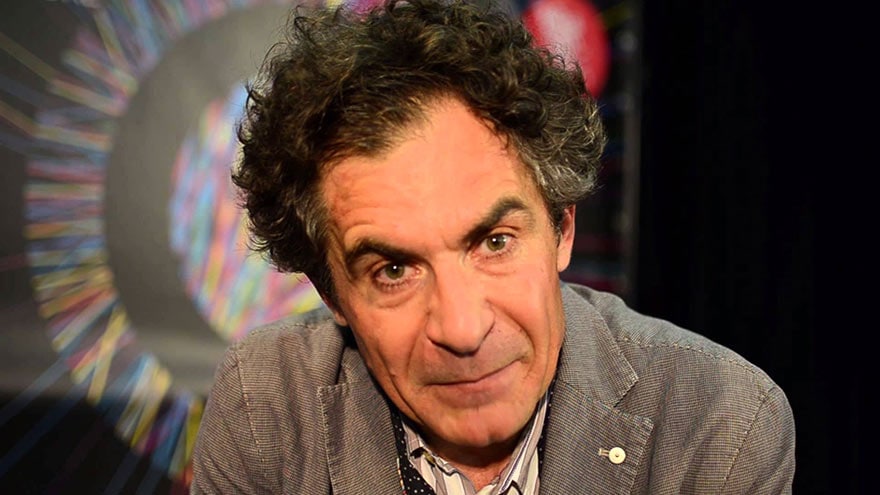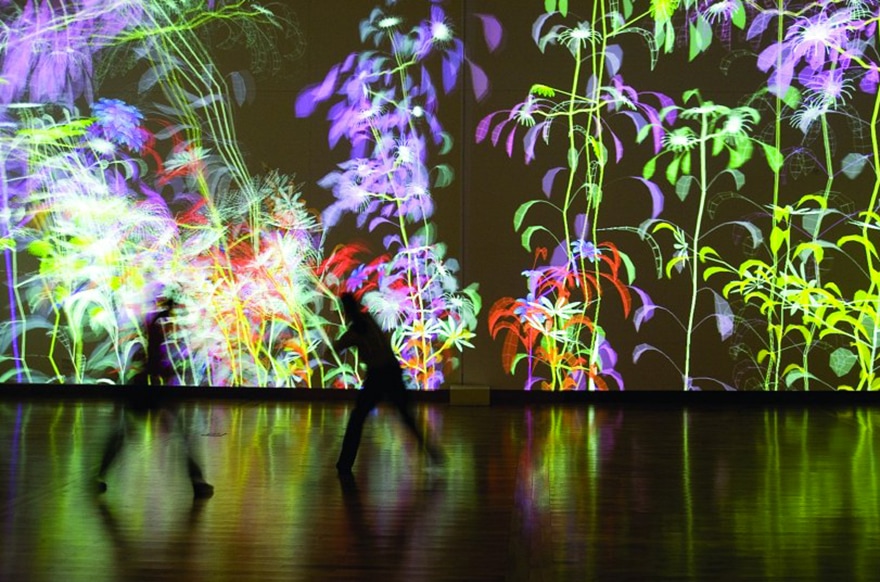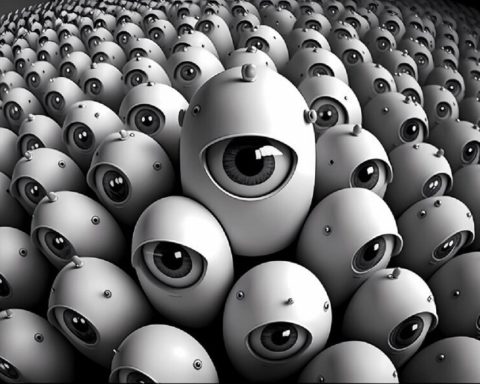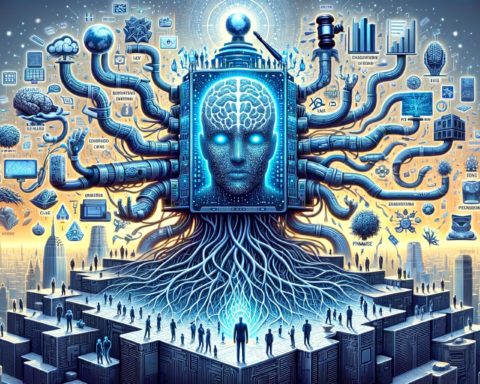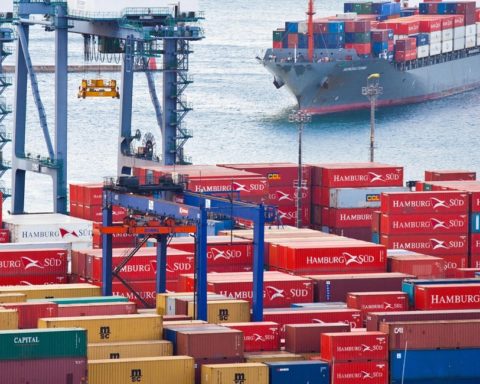The idea of progress is doubly consoling. First, it is a consoling idea because, by underpinning the hope of a future improvement in our living conditions, by making a desirable utopia glimmer far down the timeline, it makes history humanly bearable. EIt is also consoling in that it gives meaning to the sacrifices it imposes: in the name of a certain idea of the future, the human race is summoned to work towards a progress which the individual will not experience himself, since he is only a tiny link in the endless line of generations, but from which his descendants will be able to benefit.
En short, believing in progress means accepting the sacrifice of the personal present in the name of a collective future that is both credible and desirable. But for such a sacrifice to be meaningful, there must be a symbolic connection to the world, to its history, to its future. Is it because such a connection is lacking today that the word progress is less and less used in public discourse? The idea associated with it seems to have huddled behind the single concept of innovation, which is now on the agenda of all research policies.
So the question is: Does our theorization of innovation still do justice to the idea of progress? Is it an extension of it, or does it contradict it?
In 2010, the European Commission set itself the objective of developing an "Innovation Union" by 2020. This strategy "Europe 2020 follows on from the "Lisbon Strategy", promoted in 2000, which aimed to make the European Union the "leading knowledge-based economy". The reference document begins with the following lines: "The competitiveness, employment and standard of living of the European continent depend essentially on its capacity to promote innovation, which is also the best means at our disposal to solve the main problems we face, which are becoming more acute every day, whether it be climate change, energy and resource scarcity, health or the ageing of the population".
In short, we would have to innovate, not to invent another world, but to prevent our world from falling apart. This credo is based on the implicit idea of a corrupting time, a time that would damage things and situations. But isn't such a conception at the antipodes of the spirit of the Enlightenment, for whom time is, on the contrary, a constructor, provided that we make the effort to invest in the future?
What is an innovation?
Charged with both stimulating the economy and preserving living conditions, innovation, although invoked more than 300 times in the less than 50-page document cited above, is nowhere defined. Yet the importance of the issues raised deserves to be questioned as to the coherence of its various orientations. A passage through history will help us to do so.
The verb "to innovate", which dates back to the XIVth centurye century, drifting frominnovare which means "renew" in Lower Latin. It is first used by lawyers in the sense of adding a clause to an already established contract, before referring more generally to the fact of introducing a novelty into a pre-existing thing. It is to Francis Bacon (1561-1626), the inventor of the idea of progress, which was the first use of the word in connection with science and technology. He devotes a chapter of his Essays on Morality and Politics (1625) to demonstrate the need to innovate despite the risks involved: "... Surely every medicine is an innovation, and he that does not apply new remedies must expect new evils; for time is the greatest innovator, and if time, of course, changes things for the worse, and wisdom and counsel do not change them for the better, what will be the end? ".
There are already two distinctive features of the concept of innovation: the first is that the progress of knowledge must be translated into more effective remedies for the ills of society; the second is that, with time playing against us, the search for innovation is a necessity if its corruptive effects are to be countered. However, since innovation always presents the risk of aggravating ills, Bacon recommends that we proceed cautiously, almost imperceptibly, in the manner of time itself.
One could comment on each of Bacon's chiseled phrases, which are curiously very topical. But we must add a dimension to them, that of the economy, if we want to understand the role of innovation in the contemporary world. In his Economic Development Theory (1911), Joseph Aloïs Schumpeter (1883-1950) explains how innovation allows capitalism to renew itself: it acts as a "creative destruction" of value.

As a liberal thinker, he expects innovations to ruin rent situations so that other entrepreneurs can emerge. Such a process requires the modification of at least one production factor: the introduction of a new product, a new process, the opening of a new market, the setting up of a new organisation or the use of a new resource (raw material or energy source). Technological innovation is often reduced to the first two factors, although it may also consist of identifying a new outlet for an already existing technology, inventing a new organisation using a generic technology, or making progress in the field of materials or energy.
The Researcher and the Innovator
Should the figure of the researcher be confused with that of the innovator? Schumpeter was careful to point out, on the one hand, that not every innovation necessarily implies an invention, and on the other hand, that not all inventions are destined to become innovations. However, he insisted that it is innovations induced by scientific progress that are most likely to produce breakthroughs and introduce metastability into the economy. Bacon's idea that innovation is a necessity is reflected here, but Schumpeter favours cluster innovations that disrupt structures.
It is in this opposition between gradual and disruptive innovation that the whole issue lies: should innovation extend current cycles, support existing structures and make our way of life sustainable? Or should it open up radically new paths, substitute new techniques for those inherited from the past and revolutionize our societies? Because of this ambivalence, the rhetoric of technological innovation sometimes takes the form of a paradoxical injunction: "let everything change so that nothing changes! ». Let's face it, this is not very dynamic...
A symbol for progress
In 1987, Georges Canguilhem published an article entitled "The Decadence of the Idea of Progress". In it he presented the notion of progress in two different phases. The first phase, formalized, according to him, by the French philosophers of the 18th century, was the "decadence of the idea of progress".e century, attempts to describe a constant principle of potentially infinite progression. Its model is linearity and stability, and its symbol is, of course, light. The second phase appears during the establishment in the nineteenth century of a new school of thought.e century of a new science, thermodynamics, associated with irreversible phenomena, revealing a degradation of energy. A principle of depletion then replaces the principle of conservation which was put forward during the first phase. Its symbol becomes heat, hence the idea of a thermodynamic decadence of the notion of progress: light degrades into thermal agitation.
Believing in progress logically implies applying it to the symbols with which it is associated. But then, thanks to what new symbol could we advance the idea of progress?
Etienne KleinDirector of Research at the CEA, Commissariat à l'énergie atomique, CEA
The original text of this article was published on The Conversation.

